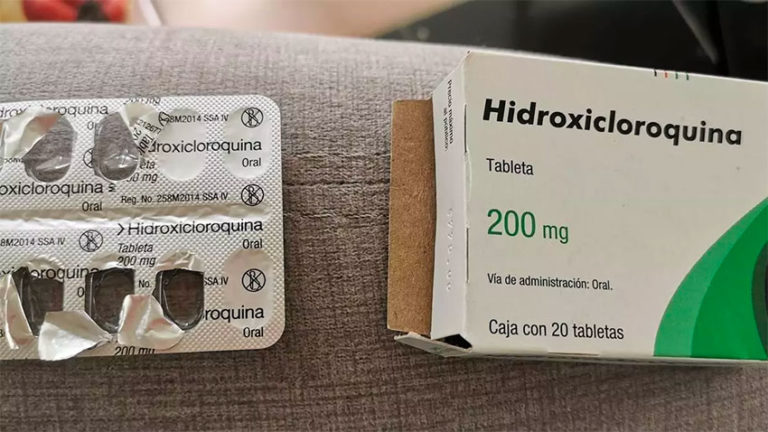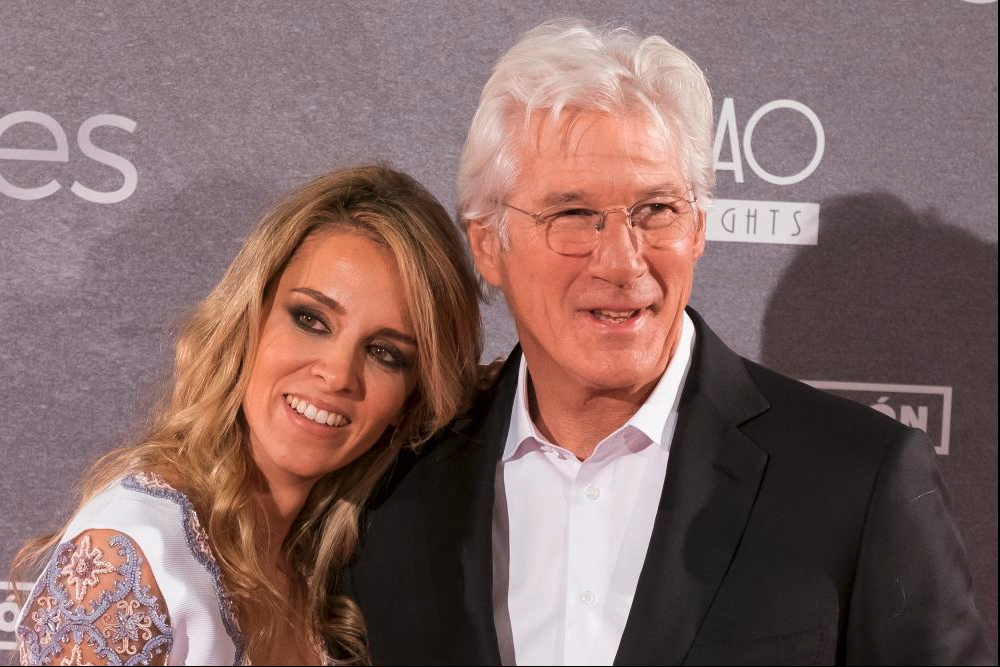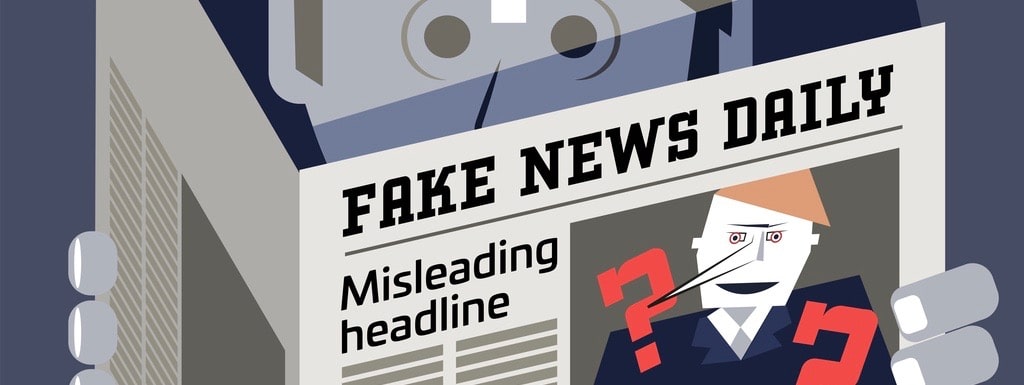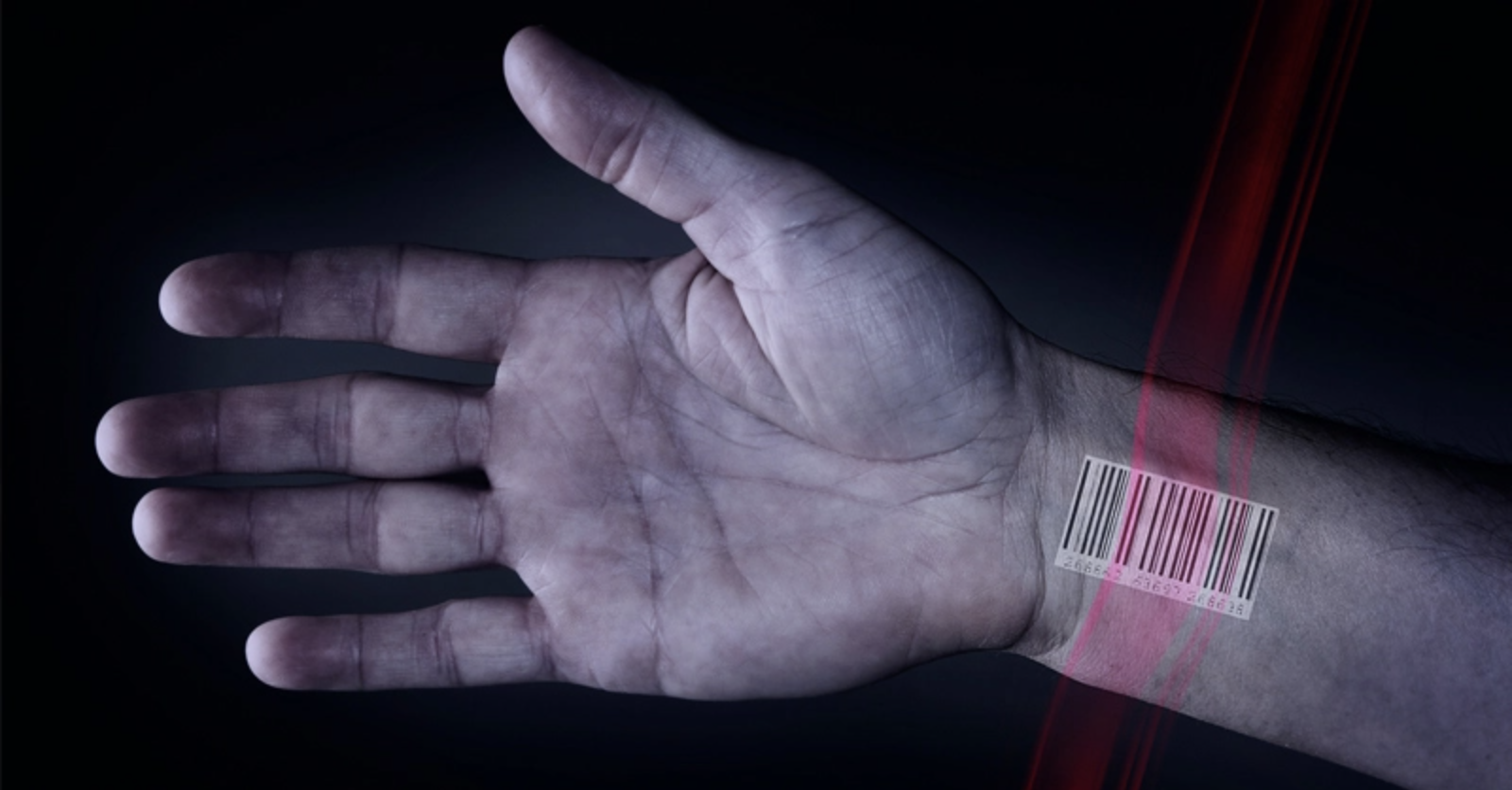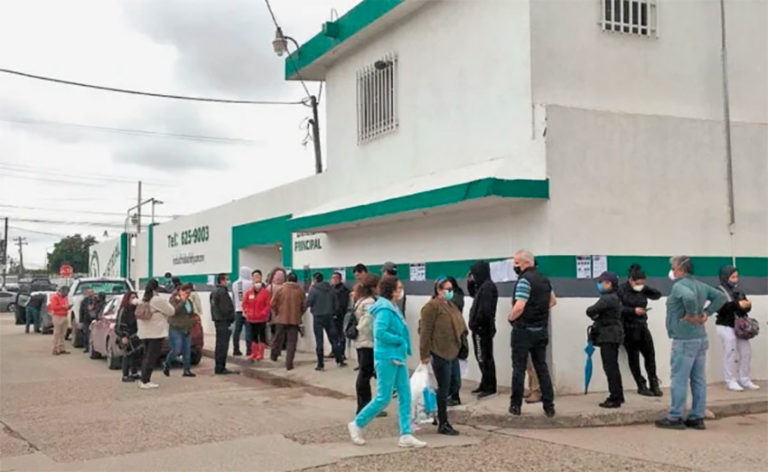by Andrew Keshner
Nearly 90 million people have received their stimulus payments, the IRS says — here’s why you could still be waiting
The IRS started cutting stimulus checks in mid-April, and it’s already gotten money to nearly 90 million people.
That’s good news for everyone who’s received the payments and now has $1,200 in hand to use as they see fit as the country copes with the coronavirus outbreak and its massive health and financial consequences.
But it’s another source of stress for everybody who’s still waiting for their money.
Here are some reasons that you still may not have gotten a stimulus check — and, in some cases, what you can do to speed the process.
The IRS doesn’t have your bank-account information on file
Approximately 14 million Americans don’t have bank accounts, according to a Federal Deposit Insurance Corp. survey from 2017. That’s about 6.5% of American households.
The FDIC is urging people to open bank accounts so they can get their stimulus money quicker. (Consumers with bank accounts might also be bypassing pricey fees from check-cashing businesses — some of which can charge more than $100 to cash a stimulus check for a family of four, according to an analysis provided by Miami’s Mayor Francis Suarez in a MarketWatch op-ed.)
After opening a bank account, consumers can submit their banking information to the IRS. If they don’t file tax returns (some people don’t make enough money to file), they’ll need to submit the account information via an IRS website for people who don’t file tax returns.
See also: Claim Social Security benefits and still haven’t gotten your stimulus check? You’re not alone
People who have filed but did not give the IRS their banking information can submit direct deposit information through an IRS tool called Get My Payment. The tracking tool can also show payment status, but some people have complained that the tool doesn’t give them any information.
There are reasons for a non-answer, according to the IRS.
For example, it could be that the agency isn’t done processing the person’s 2019 return. It could also be that the person typically doesn’t file a tax return and has submitted non-filer information via the IRS web portal, which is still being processed.
“We update Get My Payment data once per day, overnight so there is no need to check more often,” the IRS says on its website.
A Spanish language version of “Get My Payment” will be available in a couple of weeks, according to the IRS.
You make too much money
Some people might not be getting a $1,200 stimulus payment right now because they make too much money.
The Coronavirus Aid, Relief and Economic Security Act, the legislation’s official name from which the acronym CARES ostensibly derives, authorized $1,200 payments to individuals making below $75,000 and $2,400 to married couples earning under $150,000. The program also pays parents $500 for each child age 17 and under.
The payments decline by $5 for every $100 above the $75,000/$150,000 threshold. Anyone making over $99,000 doesn’t qualify, nor do couples making over $198,000.
People who exceed the income limit might still have a chance at the money — next year. That’s because the stimulus payments are technically an advance credit for next year’s tax season. The credit is just being paid right now.
So if someone made too much money based on the income-tax returns they are filing now for 2019, they could still get the money based on the tax returns they file in 2021 for their income this year.
Someone else is claiming you as a dependent
Some young adults might be missing out on stimulus \money because their parents have claimed them as dependents.
When it comes to stimulus checks, the IRS counts a dependent as age 17 and under. But if the IRS is only reviewing a 2018 return, it could be looking back at a point in time when someone was a high-school senior when now they’re in college.
In one case, a 19-year-old college student told MarketWatch his dad claimed him as a dependent on his 2018 income-tax return. But as MarketWatch tax columnist Bill Bischoff noted, this student could still be eligible for a stimulus payment himself on his 2019 return.
The IRS also supplied some hope for young adults. It said someone graduating from high school this year will not receive a $1,200 stimulus payment if they are claimed as a dependent this year and claimed as a dependent next year. But, if nobody can claim the student during the next tax season, the student might be eligible for a $1,200 check at that point.
See also:Can you alter your 2019 taxes in order to qualify for the $1,200 stimulus check?
Glitches could be slowing delivery
Some national tax preparers offer advances on a client’s refund, with the money loaded onto a debit card. Yet that could mean the IRS might not be putting the stimulus money in the right account.
For example, H&R Block and Jackson Hewitt both have prepaid cards, and both said they are working to make sure all customers get the money they’re entitled to.
Debt collectors could be taking your money
Consumer advocates have pointed out the wording of the CARES Act does not prevent private debt collectors from seizing stimulus checks that suddenly come into a bank account.
A debt-collection trade group said members are “acting with compassion” at this time, but, even still, it noted, collectors wouldn’t know the source of money that suddenly comes into an account.
But Lauren Saunders, an associate director at the National Consumer Law Center, said there are steps consumers can take to keep their stimulus money out of debt collectors’ hands. One way is to cash your stimulus check without depositing it into your bank account, she said.
It’s also important to know state laws. Approximately 10 states plus Washington, D.C., and several other cities and counties are enacting orders preventing garnishment of stimulus checks, according to the National Consumer Law Center.
Your immigration status could be complicating matters
The government is paying the stimulus checks to U.S. citizens. The checks are also going to certain categories of non–U.S. citizens. This includes “legal permanent residents,” also known as green-card holders, according to the IRS.
But if someone still has a green-card application pending, they may not be getting a stimulus check, at least not any time soon, according to Washington, D.C., immigration lawyer Allen Orr. U.S. Citizenship and Immigration Services (USCIS) field offices, which administer in-person interviews before issuing green cards, closed temporarily in March because of the pandemic. As of now, offices are closed until June 3, USCIS said.
Orr, first vice president of the American Immigration Lawyers Association, had a client ready for a green-card interview on March 15 when the government office closed on March 14. “He’s out of luck with his stimulus check, which he would qualify for,” Orr told MarketWatch. Whenever the USCIS reopens its offices, Orr said, it’s likely green cards will be issued at a slower pace, meaning a slower payout of stimulus funds to new green-card holders.
Marriage to a green-card holder doesn’t necessarily mean a second stimulus check, Orr added.
If a spouse was married to a green-card holder and present in the United States before they received permanent-resident status, they, too, should be getting a check, Orr said. But if someone married a green-card holder afterward, they wouldn’t get the same benefit.
Receiving a stimulus check shouldn’t disrupt a person’s path to citizenship if they already have a green card, Orr said. “No one is giving you anything. It’s something you’re entitled to.”


